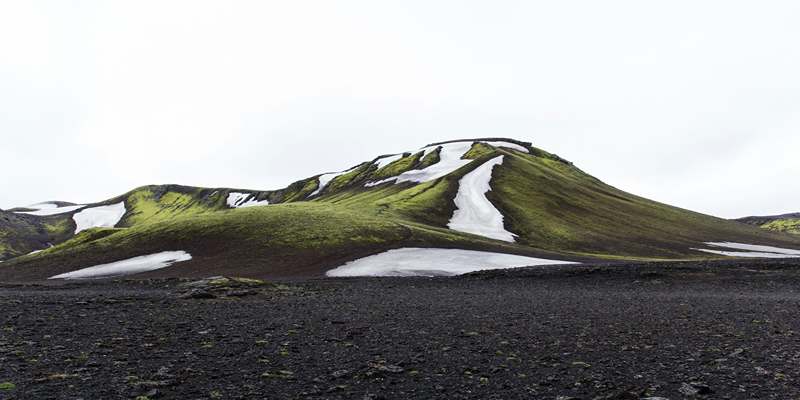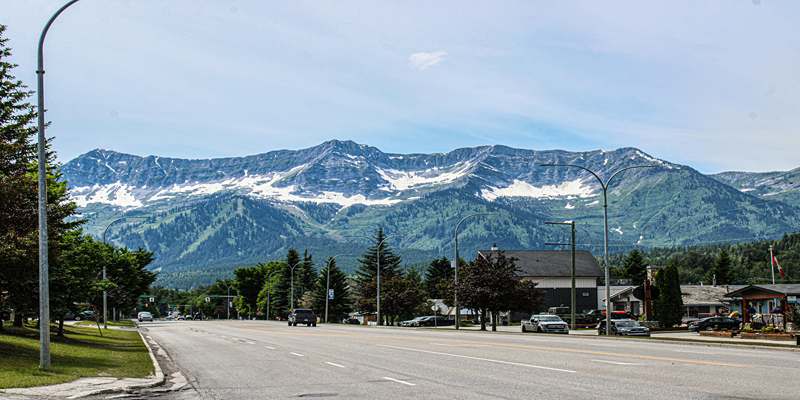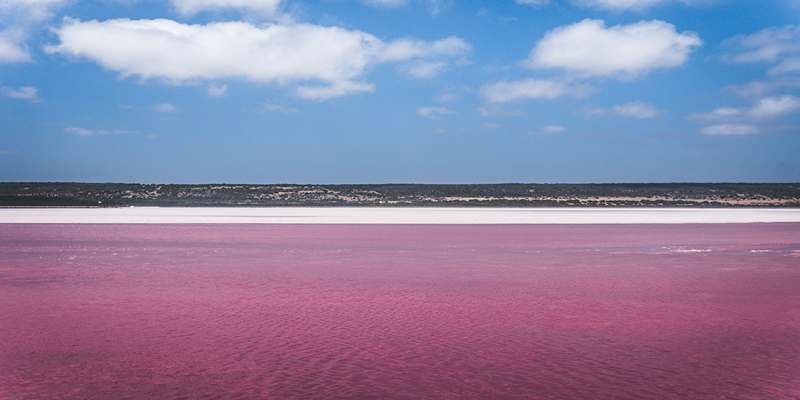It takes more than a warm coat to beat hard winter weather—you also have to be ready and strong. In the coldest parts of the world, polar explorers count on tested methods to remain protected and functioning. Challenges in cold weather can be solved by these techniques, regardless of what we do. If you’re trekking in cold weather, working outside in icy conditions, or experiencing a tough winter, use these polar explorer tips for best results. This article explains the main aspects of dealing with harsh cold, such as the equipment you should bring, how to eat, your perspective, and how to be prepared—so you can survive and enjoy a healthy life in the cold.
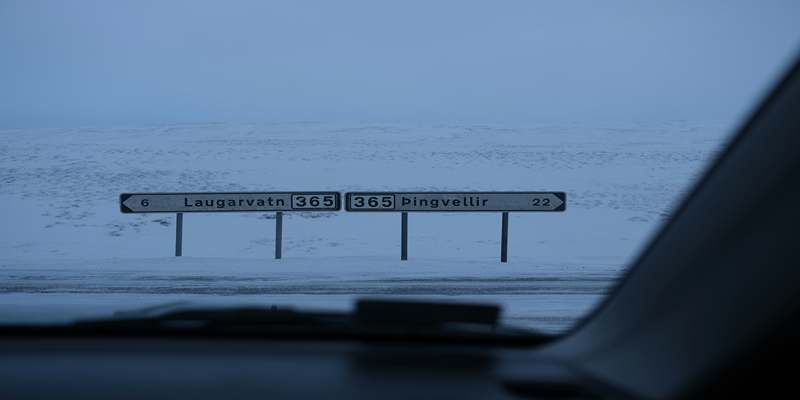
Gear Up With the Right Clothing and Equipment
Dress in Layers Like Polar Explorers
How you put on your clothes is key to staying warm during winter. To handle heat and moisture, polar explorers wear combinations of base, middle, and outer layers. It is important that the first layer help get sweat away from your skin. This layer includes insulating materials such as fleece or down to hold the heat your body makes. The jacket needs to have a waterproof and windproof outer layer to offer solid protection. Don’t wear cotton, because it traps moisture and speeds up the loss of heat. Adjustable clothing helps you cope with temperature changes and varies with your daily activities. Layering your clothes properly helps you stay comfortable and prevents hypothermia during cold weather.
Essential Equipment for Cold Weather Survival
Using suitable gear can save you from becoming injured in extremely cold weather. Keeping their feet warm and dry while exploring the Arctic is possible thanks to specific boots they use. Gardening gloves or mittens prevent frostbite, and wearing a thermal hat or face mask guards your face. Goggles stop snow blindness and protect your eyes from strong winds. You’ll also need sleeping bags that can protect you in low temperatures. Most survivalists also pack portable stoves, headlamps, and devices for signaling help. All parts need to function properly in low temperatures so your survival in severe winter conditions can be assured.
Importance of Proper Packing and Maintenance
Packing efficiently can enhance both safety and mobility in cold climates. Polar explorers pack gear systematically to ensure essential items are accessible even with gloved hands. Waterproof bags and compression sacks help keep clothes and equipment dry, while dry bags protect electronics and documents. Maintenance is just as critical—gear should be cleaned, dried, and inspected regularly to prevent failure in the field. Check zippers, seams, and closures before each outing. Keeping your gear in top shape allows you to focus on cold weather survival instead of dealing with broken tools or soaked clothing. Smart packing and maintenance ensure readiness at every stage.
Master the Techniques to Survive Extreme Cold
How to Build and Maintain Body Heat
Maintaining body heat is key to surviving in freezing environments. Movement is your friend—simple exercises like walking or swinging your arms generate heat. Insulation traps warmth, so ensure your clothing fits properly to avoid gaps. Nutrition also plays a role; eating high-energy foods helps your body produce heat. Staying hydrated supports circulation and core temperature. When resting, insulate yourself from the cold ground with foam pads or blankets. Effective heat management is at the heart of polar explorer tips, helping you maintain energy and focus in the cold.
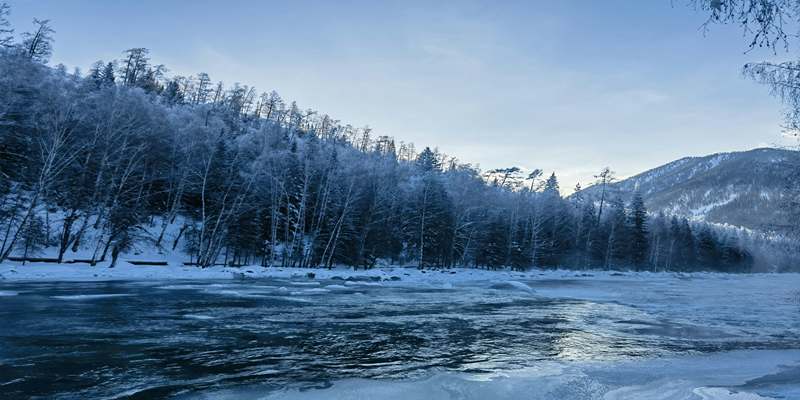
Emergency Shelters and Insulating Strategies
Shelter is vital when facing sudden drops in temperature or severe weather. Polar explorers often construct snow shelters like quinzee huts or use thermal tents designed for extreme cold. In an emergency, natural barriers like rock formations or tree cover can provide some protection. Insulating from the ground is crucial—use sleeping pads or pine branches to prevent heat loss. Wrapping yourself in emergency blankets or tarps can also retain warmth. Always keep a compact shelter solution in your kit. Knowing how to create and use emergency shelters is a fundamental part of cold weather survival and could be life-saving in critical moments.
Eat, Hydrate, and Fuel Up Like a Pro
Food is more than fuel in freezing temperatures—it’s your internal heating system. Polar explorers consume high-calorie diets rich in fats, proteins, and carbohydrates to meet energy demands. Frequent meals help maintain core temperature and prevent fatigue. Portable snacks like nuts, jerky, and energy bars are perfect for on-the-go nutrition. In cold weather, it's easy to overlook hydration, but your body still loses water through sweat and breathing. Dehydration impairs your ability to regulate temperature and think clearly. Polar explorers melt snow or ice for drinking water, using insulated containers to keep liquids from freezing. Efficient food storage can prevent spoilage and keep meals accessible in extreme cold. Polar explorers use insulated containers and cold-resistant packaging to prevent food from freezing solid. Quick-preparation meals are ideal, especially those that require only hot water.
Think Like a Polar Explorer for Mental Resilience
Mental strength is often the deciding factor between success and failure in extreme conditions. Polar explorers train not just physically but also mentally to endure isolation, discomfort, and adversity. Establishing routines, setting small goals, and staying positive can help maintain focus. Visualization techniques and mindfulness practices can ease anxiety and sharpen concentration. Keeping a journal or talking with team members supports emotional well-being. Being mentally prepared allows you to adapt quickly, think clearly under pressure, and stay motivated. Cold weather survival isn't only about gear—it’s also about maintaining the determination and discipline to push through when conditions get tough.
Plan, Prepare, and Practice for Real-Life Survival
Preparation is everything when facing freezing environments. Polar explorers spend weeks or months planning every detail of their journey. This includes studying weather patterns, mapping routes, and preparing emergency contingencies. Physical training builds strength and endurance, while cold exposure acclimatization improves body response. Gear testing is a must—everything from clothing to cooking stoves should be trialed in similar conditions. Packing checklists, first aid training, and survival drills all contribute to readiness. The more prepared you are before the journey, the less likely you'll face dangerous surprises. Cold weather survival begins long before you step into the snow—train hard, plan well, and stay alert.
Conclusion
Thriving in extreme cold isn’t just about surviving—it’s about being fully prepared, mentally and physically. By adopting polar explorer tips, you can dress smarter, think sharper, and handle freezing temperatures with confidence. Whether you’re facing winter storms or embarking on a cold-climate adventure, mastering cold weather survival can make all the difference. With the right planning, gear, mindset, and habits, you'll be equipped to endure and succeed in even the harshest environments. Embrace the challenge and prepare like a pro—because with the right knowledge, you can thrive wherever the temperature drops.









